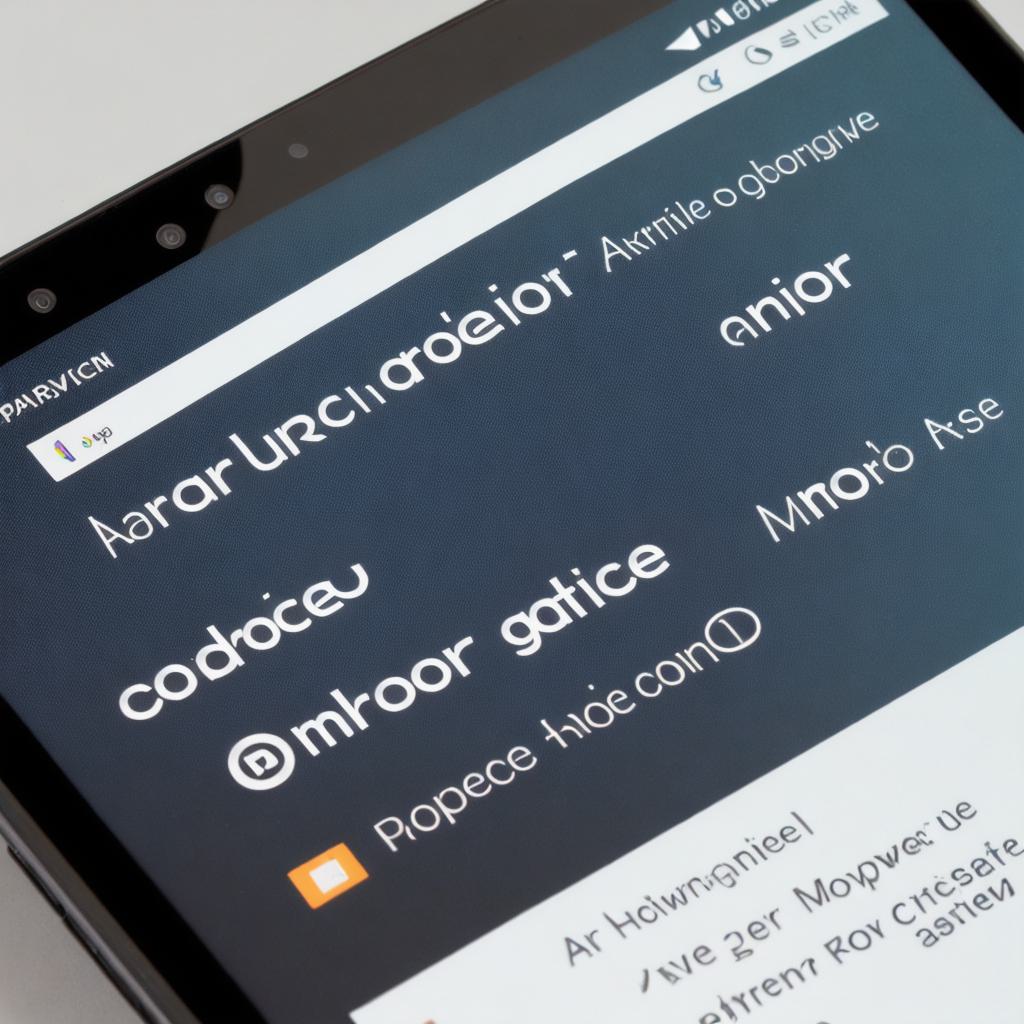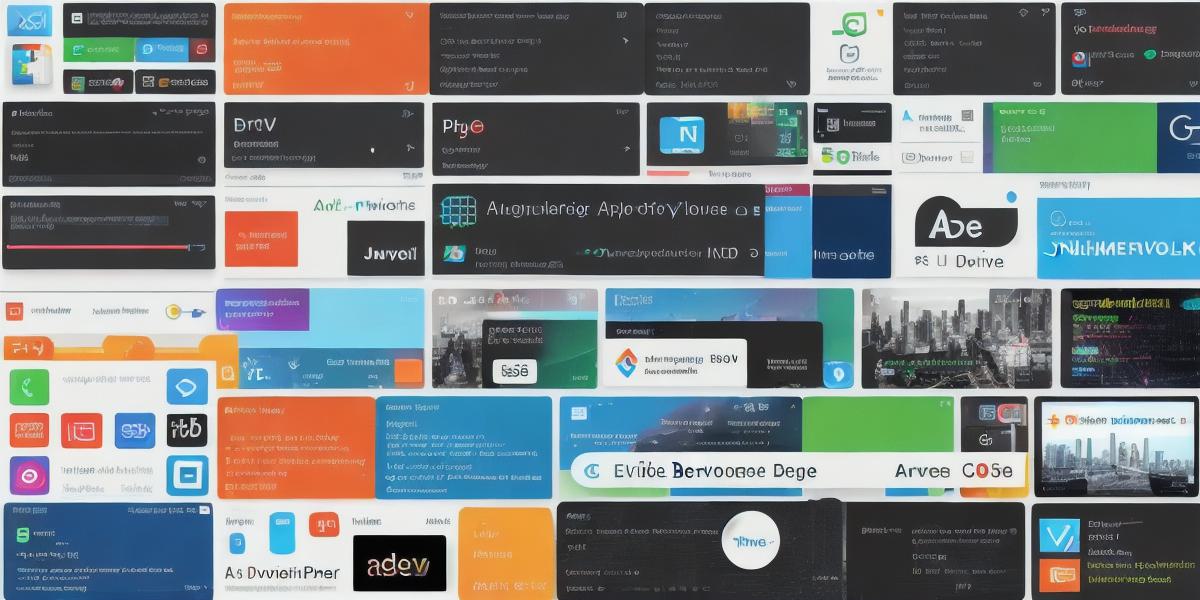If you are looking to create your first android application, or if you want to learn more about the Android development framework, then this guide is for you! In this article, we will explore the key components and features of the Android development framework, as well as best practices for building highly engaging and viral apps.
Key Components of the Android Development Framework
The Android development framework is made up of several key components that work together to create a robust and powerful platform for mobile app development. These components include:
The Android Runtime (Dalvik)
The Android runtime, also known as Dalvik, is the core component of the Android development framework. It provides the runtime environment in which your apps will run, and it manages the execution of your code. Dalvik is designed to be highly efficient and optimized for mobile devices, and it uses a just-in-time (JIT) compilation engine to improve performance.
The Android Application Framework
The Android application framework provides a set of tools and libraries that allow you to build native Android apps. It includes a range of features such as user interface elements, data storage, media playback, and networking, all of which can be used to create highly engaging and interactive apps.
The Android Development Toolkit (SDK)
The Android development toolkit, or SDK for short, is a collection of tools and libraries that you will use to develop your Android apps. It includes everything from an integrated development environment (IDE) to debugging and profiling tools, as well as a range of sample code and documentation to help you get started.
Features of the Android Development Framework
In addition to its key components, the Android development framework also has a number of features that make it an attractive platform for mobile app development. These features include:
Open Source
The Android operating system is open source, which means that anyone can view and modify the source code. This has led to a large and active community of developers who contribute to the platform, as well as a wide range of third-party libraries and tools that can be used to build apps.
Cross Platform Development
The Android development framework is designed to be cross-platform, which means that you can use the same codebase to build apps for multiple devices and operating systems. This includes not only Android devices, but also tablets, smartwatches, and other wearable devices.
High Engagement
Android apps have a reputation for being highly engaging and interactive, with features like push notifications, social media integration, and real-time data updates that keep users coming back for more. This is due in part to the large and active user base of the Android platform, as well as the range of tools and libraries available for app development.
Best Practices for Building Viral Apps
Now that we have a better understanding of the key components and features of the Android development framework, let’s talk about some best practices for building highly engaging and viral apps.

Know Your Audience
The first step in building a viral app is to know your audience. You need to understand their needs, preferences, and behaviors, as well as what motivates them to download and use apps. This will help you design an app that resonates with your target market and keeps them coming back for more.
Keep It Simple
When it comes to mobile app development, less is often more.
